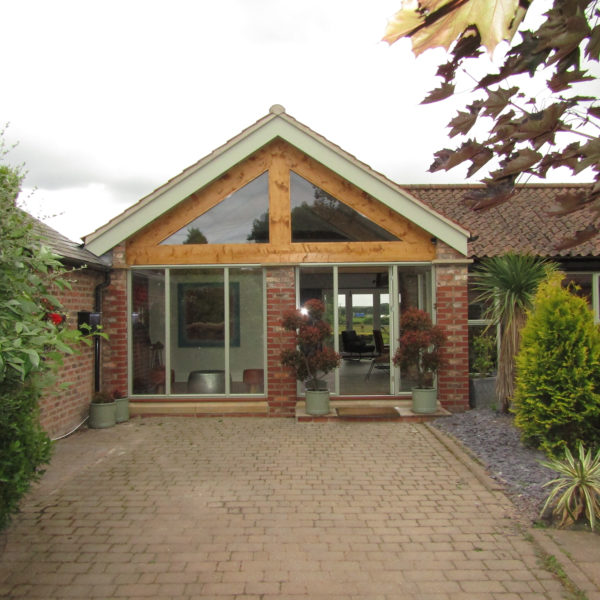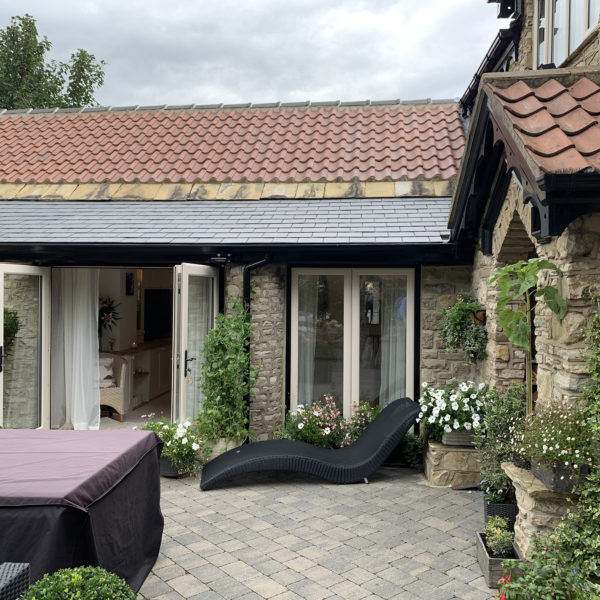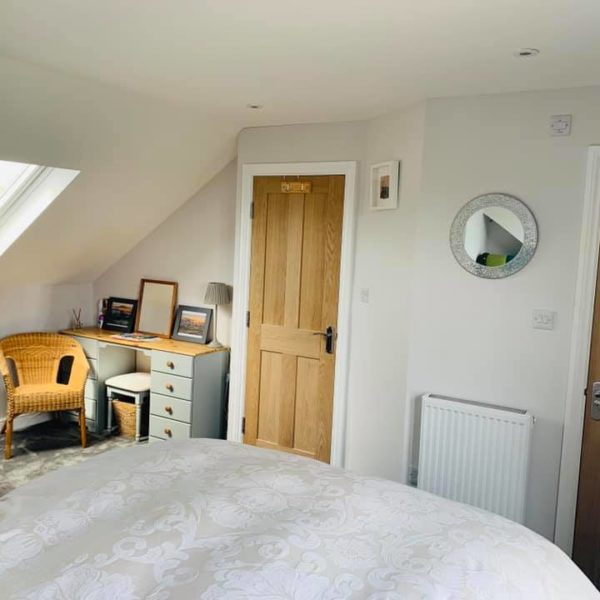Planning permission is asking for permission to do a certain piece of building work, whether it’s an extension to your house or a new superstore for a major developer. It will either be granted, subject to certain conditions, or refused. The government has set out its rules on determining planning applications called the National Planning Policy Framework. Local authorities or planning development control have their own local plans. You can find your LPA (Local Planning Authority) on the planning portal and then search for the local development plan. This will give you full details on specific areas and any forthcoming plans or restrictions.
Planning Permission Guide
Planning permission is asking if you can do a certain piece of building work, be this an extension to your house or a new superstore for a major developer. It will be granted, subject to certain conditions or refused. The government has set out its rules on determining planning applications called the national planning policy framework. Local authorities or planning development control have their own local plans. You can find your LPA (local planning authority on the planning portal and then search for the local development plan. This will give you full details on specific areas and any forth coming plans or restrictions.

The planning application process
Planning applications have a straightforward journey to approval. Understanding where you are in that process helps you know what responses you can make. Here are the steps in the process:
1. Planning application is submitted to the local planning authority
2. The application plans, forms, fee and associated documents are checked and validated
3. Once validated a letter with the determination date is posted to the agent with case officer details and reference number
4. The planning authority publicises the application, in the newspaper, on lamp posts, by letter to neighbours and perhaps elsewhere
5. Other consultees are informed such as water board, highways etc
6. The public has a few weeks to comment on the application
7. Determination usually begins 2 weeks before the decisions date once all comments are in
8. The decision will be issued typically 8 weeks from validation
Most planning applications are approved. But if the application is refused, or the approval has conditions on it, the applicant may appeal against the decision to the Secretary of State. If you have only heard about a development you’re concerned about after a planning application has been submitted, don’t delay in getting involved.



Planning Permission Considerations
The development management section grants planning permission which meets the requirements of the local plan and national planning guidelines.
Certain types of work are covered by what’s called ‘permitted development’. This means that they can be carried out without planning permission, if they comply with the permitted development rules and restrictions. There are however situations where your permitted development rights may have been modified or removed. This can be the case on some larger scale housing developments. If you are unsure if your permitted development rights have been removed, you can contact your local planning office to check if you need planning permission.
Parliament has given the main responsibility for planning to local planning authorities. Therefore, if you have any queries about a particular case, the first thing to do is to contact your local planning office. You may also be able to find out more about planning law via the Planning Portal website.
Planning applications are decided in line with the development plan unless there are very good reasons not to do so. There are many issues that Planning Officers need to consider when reviewing your application, particularly if it’s a householder application. These include:
- Size, layout, siting and external appearance of buildings and extensions.
- The effect of your proposals on any neighbouring properties.
- Proposed means of access, landscaping and impact on the neighbourhood.
- Proposed use of the development.
It is not necessary to make the application yourself. You can appoint an agent, such as ourselves, to make it for you.
Anyone can make an application, irrespective of who owns the land or buildings concerned. However, if you are not the owner, or if you have only part-ownership, you have to inform the owner or those who share ownership, including any leaseholder whose lease still has seven or more years to run, and any agricultural tenant, if you want to convert an agricultural building creating a barn conversion.

